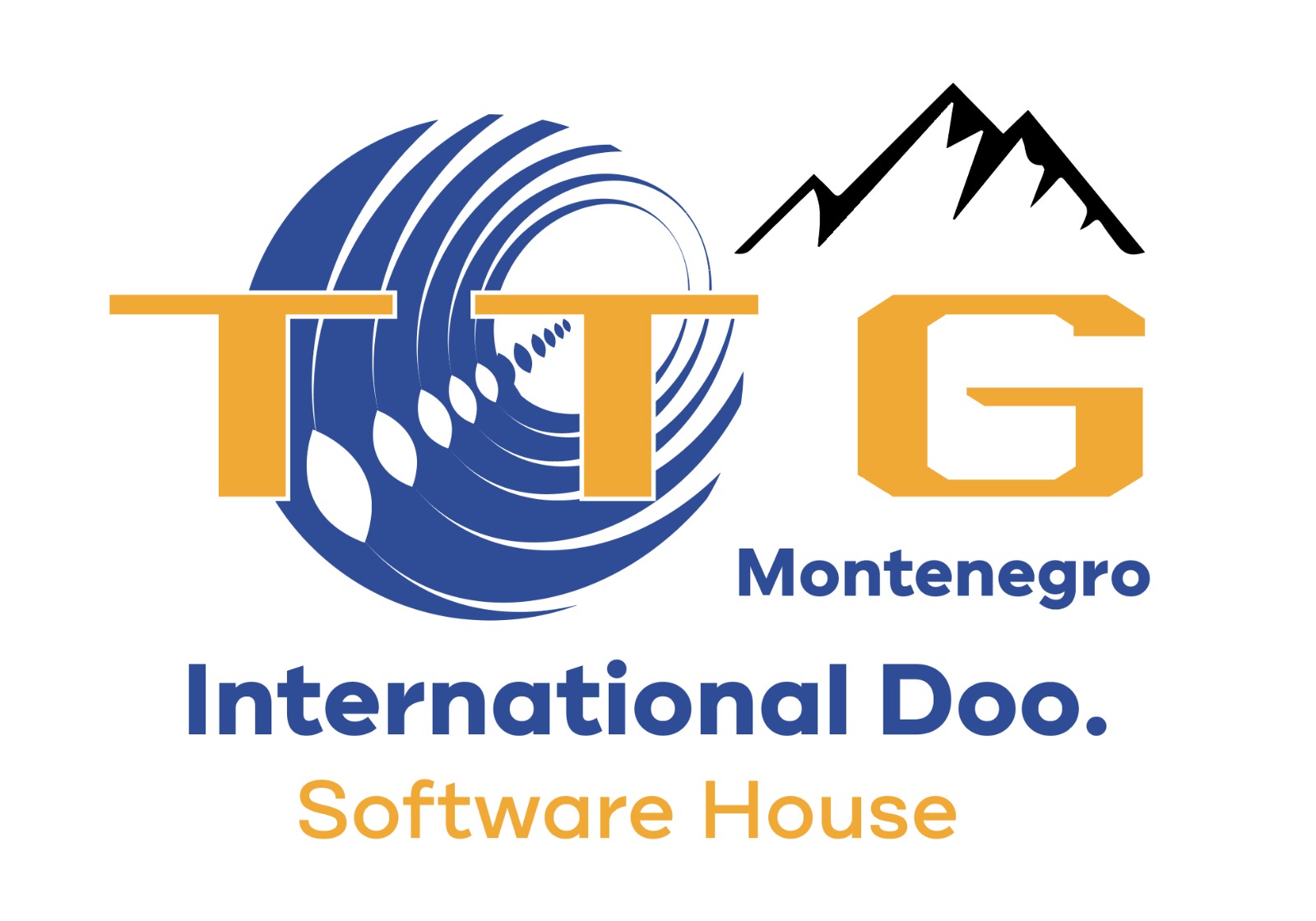Electronics and electromagnetics are two of the most important fields of study in modern technology. Both fields have a significant impact on our daily lives, from the smartphones and computers we use to the power grids and communication networks that power our infrastructure. The field of Electronics and Electromagnetics (E&EM) is an area of study that focuses on developing new technologies in electronic systems and controlling the electromagnetic spectrum. In this blog post, we will explore the various technologies and advancements in E&EM that are expected to shape the future of our world.
Overview of Electronics and Electromagnetics
The field of E&EM is a vast and rapidly evolving area of study that encompasses a wide range of technologies, from microelectronics and photonics to antennas and directed energy weapons. The fundamental principles that underlie the field of E&EM are the manipulation of electric and magnetic fields to create, transmit, and receive information. Technological progress in E&EM is contingent upon developing new electronics and controlling the electromagnetic spectrum.
One of the most significant technological advancements in the field of E&EM is the ability to scale first-generation silicon-based electronics at a rate that doubles transistor counts roughly every two years, which is encapsulated in Moore’s Law. However, this scaling will encounter hard physical limits within the next ten years, necessitating new approaches to electronic systems that exploit novel concepts, tools, materials, and designs. Therefore, while continued refinement and optimization of silicon-based electronics will be the preoccupation of the semiconductor industry over the next ten years, new developments exploiting novel materials, designs, architectures (combining memory and computation), physics (magnetic states, electron spin properties, topological insulators, phase-change materials, trapped-ion & photonic quantum circuits), photonics, AI-enabled design tools, and neuromorphic chip designs are being explored to continue to scale computation beyond the limits of silicon.
The EM spectrum is becoming an increased area of competition and congestion. Therefore, developments are needed to maximize and optimize the use of the limited EM spectrum while simultaneously considering the challenges of electronic warfare. Technological progress in many EDTs is contingent upon developing new electronics and controlling the EM spectrum. Among these technical challenges is moving beyond first-generation materials (e.g., silicon).
Developments over the next 20 years are expected to be in the following areas:
Advanced Electronics and Electromagnetics
New materials, designs, and chip architectures are pushing the bounds of chip performance. Specialized chips, such as neuromorphic, show great promise for selected tasks.
Antennas
4D arrays and mechanically manipulated antenna designs are promising technologies to improve performance and enable long-range wireless communications, including underground and underwater.
Photonics and Lasers
Silicon photonics is a growing field, exploiting existing technologies to manipulate photons instead of electrons. This supports the development of photonic chips modeled on neural processes (neuromorphic photonics), ideal for AI/ML applications. In addition, developments in on-chip nanolasers enable a move towards photonic computing.
Spectrum
Adaptive camouflage using novel materials and control processes shows promise.
ULF/VLF Transmitters
Ultra Low Frequency (ULF, 0.3 to 3 kHz) and Very Low Frequency (VLF, 3 to 30 kHz) are beneficial frequencies for underground and underwater communications. A new approach to using mechanically manipulated magnetic/electrical fields can substantially reduce antenna size (c. 1m). This expands the use of long-range wireless communications, including underground and underwater.
Wideband
The development of antennas for ultra-broadband emitters and receivers can provide a resilient and secured communication channel for military operations, with enhanced abilities to circumvent current electronic warfare jamming capabilities.
Directed energy weapons (DEW) have matured and are expected to play a more significant role in future warfare. DEWs use concentrated energy to damage or disable a target, making them more efficient and effective than traditional kinetic weapons in certain scenarios. The use of DEWs has been an area of interest for military and defense organizations worldwide, and research is ongoing to improve their effectiveness and reduce their cost.
The market for DEWs is growing rapidly, with estimates suggesting that the global market for DEWs will reach USD 72.1 billion by 2027. The growth of DEWs is driven by advancements in energy storage, AI/ML, and materials, which have made these weapons more effective and efficient. Additionally, many DEW systems have already been operationalized or are at high technology readiness levels (TRL), making them an attractive option for militaries and defense organizations worldwide.
There are several types of DEWs, including lasers and high-power microwave weapons. Lasers use concentrated light to damage or disable a target, while high-power microwave weapons use concentrated electromagnetic waves. Both types of weapons have advantages and disadvantages, depending on the situation and the intended target. For example, lasers are more effective against solid targets, while high-power microwave weapons are more effective against electronics.
DEWs have several advantages over traditional kinetic weapons. They are more accurate and have a longer range, making them ideal for situations where precise targeting is necessary. Additionally, DEWs can be more cost-effective than traditional weapons since they can be used repeatedly without the need for ammunition. Finally, DEWs can be more effective against certain targets, such as electronics or vehicles, than traditional weapons.
However, there are also several challenges associated with the development and deployment of DEWs. One of the most significant challenges is energy storage. DEWs require a significant amount of energy to operate, and current energy storage technologies are not yet capable of delivering the necessary power density. Additionally, there are ethical and legal concerns associated with the use of DEWs, including questions about the legality of using non-lethal weapons in combat.
Despite these challenges, the development of DEWs is expected to continue, driven by the growing demand for more effective and efficient weapons. In the coming years, researchers and engineers will work to overcome the technical challenges associated with DEWs, such as energy storage and targeting accuracy, to improve their effectiveness and make them a more viable option for militaries and defense organizations worldwide.
Conclusion
The field of Electronics and Electromagnetics is an area of study that encompasses a wide range of technologies, from microelectronics and photonics to antennas and directed energy weapons. These technologies are rapidly evolving, driven by the need for more effective and efficient solutions to a wide range of challenges. In the coming years, researchers and engineers will continue to push the boundaries of what is possible in the field of E&EM, developing new technologies and innovations that will shape the future of our world.
Some of the most promising areas of development include advanced electronics and electromagnetics, new antenna designs, photonics and lasers, spectrum management, and directed energy weapons. These technologies have the potential to revolutionize many aspects of our lives, from communication and transportation to defense and security. However, there are also several challenges associated with the development and deployment of these technologies, including technical, ethical, and legal concerns.
Overall, the field of Electronics and Electromagnetics is a dynamic and exciting area of study that will continue to shape our world for years to come. By developing new technologies and innovations, researchers and engineers will help to address many of the challenges we face as a society, making our lives safer, more efficient, and more enjoyable.



